Disclosure: This article contains affiliate links. We may earn a commission from purchases at no extra cost to you, which helps our travel content.
The first time I visited Amsterdam, I made the rookie mistake of thinking I could capture its essence in a day. Five memory cards later, I realized this city demands time and patience from photographers. The dancing light on canal waters, the architectural geometry of narrow houses leaning at impossible angles, the contrast of centuries-old churches against modern design—Amsterdam is a visual feast that requires a thoughtful approach. Having returned multiple times since that initial whirlwind trip, I've refined my photographic strategy for this compact yet visually complex city. This guide distills what I've learned about capturing Amsterdam's soul, from golden hour along the Prinsengracht to the graphic possibilities of its contemporary structures. Whether you're wielding a professional setup or simply your smartphone, I'll show you how to look beyond the obvious postcard shots and create images that tell Amsterdam's multifaceted story.
The Classic Canals: Timing is Everything
Amsterdam's 165 canals form its photographic backbone, but timing transforms an ordinary canal shot into something magical. The city's famous waterways present entirely different moods throughout the day—and throughout the year.
Early morning (5:30-7:30 AM in spring) offers the holy grail for canal photography: glassy reflections, soft light, and streets blissfully free of tourists. I've stood shivering on the Reguliersgracht in April, watching the sunrise illuminate the Seven Bridges view while locals cycled past, curious about the woman with the tripod. That patience rewarded me with mirror-like water surfaces that doubled the visual impact of those iconic canal houses.
The famous 'blue hour' (about 30-40 minutes after sunset) creates another magical window when the remaining ambient light balances perfectly with the streetlamps and illuminated buildings. This is when Amsterdam's canals transform into ribbons of liquid light.
My technical approach to canal photography has evolved over the years. While I once relied exclusively on my full-frame DSLR with a wide-angle lens, I've found that a quality mirrorless camera with excellent dynamic range handles the challenging contrast between dark water and bright sky beautifully while keeping my shoulder from aching during day-long shoots.
Don't overlook the smaller, less famous canals. The Egelantiersgracht and Bloemgracht in the Jordaan neighborhood offer equally photogenic views with fewer tourists. The geometry of bridges crossing narrower canals creates natural framing opportunities that the wider, more famous waterways sometimes lack.

💡 Pro Tips
- Visit the canals at sunrise (5:30-7:00 AM in spring) for reflective water and minimal crowds
- Use a polarizing filter to control reflections—sometimes you want to enhance them, other times reduce them
- Include cyclists and boats for scale and authentic Amsterdam energy
Architecture Beyond the Obvious: Finding Fresh Angles
Amsterdam's architecture spans centuries, from its Golden Age canal houses to cutting-edge contemporary designs. The photographic challenge lies in finding fresh perspectives on frequently photographed buildings.
The narrow canal houses with their distinctive gables present a vertical challenge. Rather than trying to capture entire rows, I've found success in isolating architectural details—ornate gable tops, quirky door knockers, or the pulley hooks still visible on many facades (originally used to hoist goods to upper floors). A zoom lens helps isolate these elements against the sky or neighboring buildings.
For modern architecture, head to the eastern docklands where the geometric Eye Film Museum creates striking compositions, especially when photographed against dramatic skies. The angular Centraal Library (OBA) offers both exterior shots and, from its top floor cafe, panoramic views across the city. The contrast between old and new Amsterdam provides endless visual storytelling opportunities.
Don't miss photographing Amsterdam's hidden hofjes—secluded courtyards often concealed behind unassuming doors. The Begijnhof near the Amsterdam Museum is the most famous, but others like Zon's Hofje in the Jordaan district offer peaceful compositions of symmetrical architecture and manicured gardens without the crowds.
When photographing architecture, pay attention to perspective correction. Amsterdam's buildings famously lean forward (a deliberate design feature from centuries past), but camera distortion can exaggerate this effect unpleasantly. I often use perspective correction tools in post-processing, though sometimes embracing the distortion creates more dynamic images that capture the city's slightly off-kilter personality.
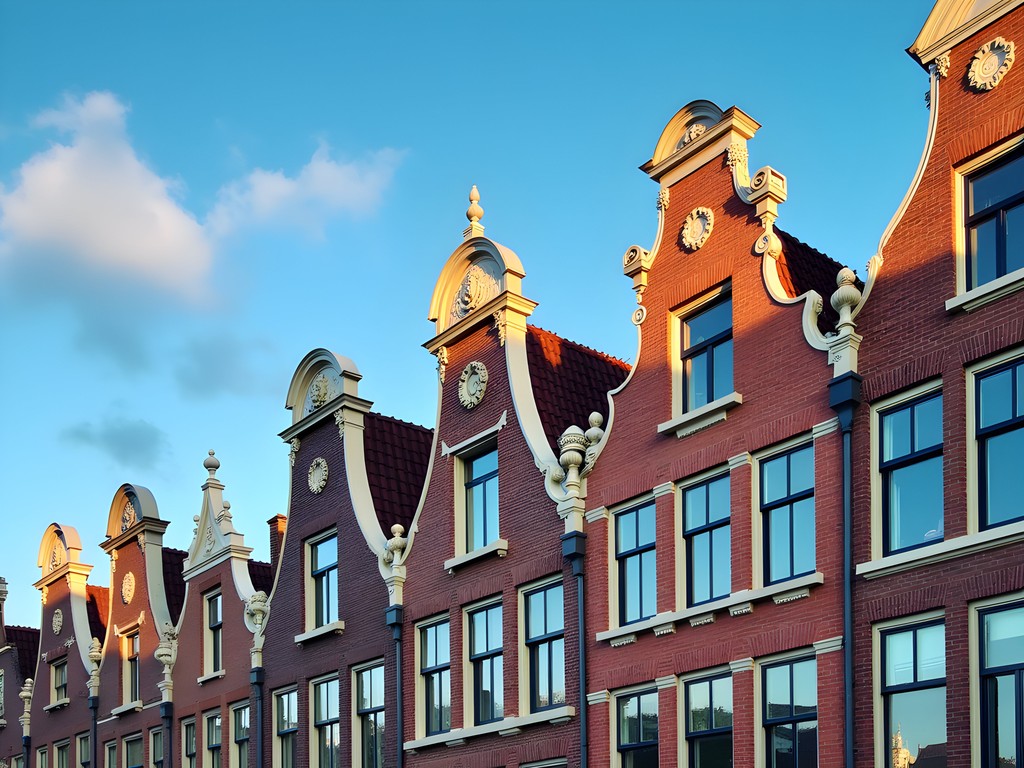
💡 Pro Tips
- Look for interesting architectural details rather than trying to capture entire buildings
- Visit the Amsterdam School Museum Het Schip to photograph unique expressionist architecture rarely seen by tourists
- Use the 'Centraal Library's top floor as a free observation deck for cityscape photography
Light and Seasons: Working with Amsterdam's Mercurial Weather
Amsterdam's weather can change from brilliant sunshine to moody downpours within minutes, especially during spring. Rather than fighting this meteorological moodiness, I've learned to embrace it as a photographic ally.
Rainy days transform Amsterdam into a photographer's playground of reflections. The cobblestone streets of the Jordaan district become mirror-like after a shower, doubling the visual impact of the colorful houses. During light rain, I protect my gear with a simple rain cover that allows me to keep shooting while others have packed away their cameras.
The famous Dutch light that inspired countless Golden Age painters still works its magic today. Spring in Amsterdam brings dramatic skies where sunbeams pierce through cloud breaks, creating spotlight effects on buildings and waterways. Position yourself at one of the wider canal intersections (like where Prinsengracht meets Reguliersgracht) to capture these theatrical lighting moments.
Amsterdam's seasonal transformations offer distinct photographic opportunities. Spring brings not just tulips but also blossoming trees along the canals, adding splashes of color to compositions. The autumn light creates a golden glow that warms the brick facades of canal houses, while winter occasionally offers the magical possibility of frozen canals.
One technical challenge in Amsterdam is the extreme dynamic range between bright skies and shadowed canal streets. I routinely use graduated neutral density filters or exposure bracketing to balance these extremes. When processing images later, I'm careful not to push the HDR effect too far—Amsterdam has a natural subtlety that can be destroyed by over-processing.

💡 Pro Tips
- Don't put your camera away during rain—some of Amsterdam's most atmospheric shots happen during or just after showers
- Use a lens hood not just for flare control but also to protect your front element from unexpected rain drops
- Keep a microfiber cloth handy to quickly dry your lens between shots in misty conditions
Hidden Photographic Gems Beyond the Center
While Amsterdam's historic center justifiably commands attention, some of my most compelling images have come from ventures beyond the tourist bubble. These less-photographed areas offer fresh visual narratives of the city.
The NDSM Wharf in Amsterdam Noord, reached via a free ferry from behind Centraal Station, presents an urban canvas of street art, industrial architecture, and creative repurposing. The contrast of massive shipping cranes against colorful murals creates striking compositions, especially in the directional light of early morning or late afternoon. The ferry journey itself offers unique perspectives of the city's skyline from the water.
The Eastern Docklands (Oostelijk Havengebied) showcases Amsterdam's innovative contemporary architecture. Islands like Borneo, Sporenburg, and Java-eiland feature bold housing experiments where modern Dutch design meets water. The Python Bridge (a bright red pedestrian bridge) makes for an eye-catching subject against the surrounding minimalist architecture.
For a completely different visual experience, the peaceful Begijnhof courtyard offers a secret garden atmosphere in the heart of the city. Dating back to the 14th century, this former beguinage requires respectful, quiet photography—I recommend a silent shutter camera if you have access to one, though any camera in quiet mode will do.
Don't overlook Amsterdam's parks for photographic opportunities. The Westerpark combines industrial heritage with green spaces, while the larger Vondelpark offers classic compositions of bridges and pathways framed by seasonal foliage. During spring, Vondelpark's cherry blossoms create ephemeral pink canopies worth capturing in the soft morning light.
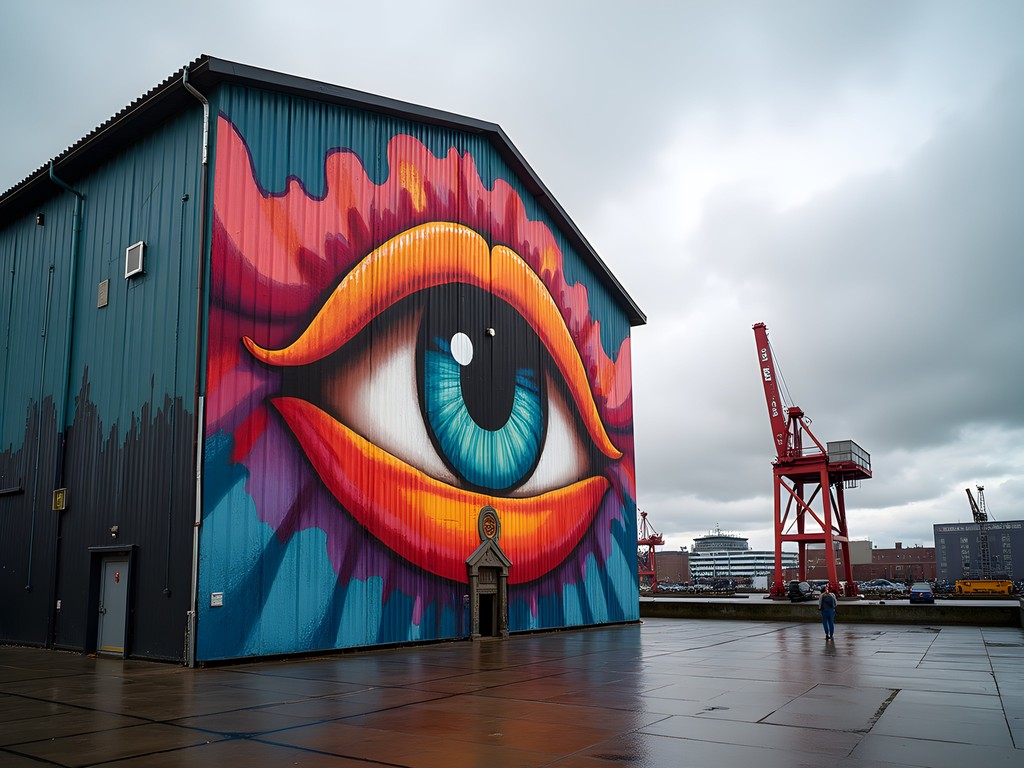
💡 Pro Tips
- Take the free ferry to Amsterdam Noord for industrial landscapes and street art without the crowds
- Visit the Begijnhof early in the morning (it opens at 8 AM) before tour groups arrive
- Explore the Eastern Docklands for striking modern architectural compositions against water
Practical Photography Tips for Amsterdam
After multiple photography trips to Amsterdam, I've developed a technical approach specific to this city's unique challenges and opportunities.
Gear Considerations: Amsterdam's compact nature means you can cover significant ground on foot, but carrying a full kit quickly becomes exhausting. I've found a versatile 24-70mm lens handles about 80% of my Amsterdam shooting needs. For canal architecture, the wider end captures the vertical scope of buildings, while the longer focal lengths help isolate details and compress perspectives along canal views. Add a fast 50mm prime for low light situations (like brown cafés or evening canal scenes) and you're well-equipped.
Tripod Logistics: While a tripod is essential for blue hour canal photography and night shots, Amsterdam's narrow sidewalks make full-sized tripods problematic during busy periods. I've found a compact carbon fiber tripod with a quick-release system offers the best compromise between stability and portability. During daytime shoots, a small tabletop tripod that can balance on canal railings or walls provides stability without the bulk.
Navigational Strategy: Amsterdam's concentric canal layout is notoriously disorienting. Rather than constantly checking maps (and missing photographic moments), I've found it helpful to use the major canals (Prinsengracht, Keizersgracht, Herengracht, and Singel) as navigational anchors. The major church towers also serve as useful visual reference points when you emerge from narrower streets.
Local Etiquette: Amsterdam residents are generally tolerant of photographers, but certain courtesies are essential. Avoid photographing people in the Red Light District (it's both forbidden and disrespectful), and be mindful when capturing residential canal houses—many are private homes despite their picturesque appearance. When photographing Amsterdam's famous houseboats, remember they're also people's homes.

💡 Pro Tips
- Use the PhotoPills app to plan canal shots with perfect light—its augmented reality feature shows exactly where the sun will align with specific bridges
- Carry lens cleaning supplies—Amsterdam's maritime environment means unexpected mist and spray can fog lenses quickly
- Invest in a good camera strap that distributes weight evenly for all-day shooting comfort
Final Thoughts
Amsterdam reveals itself differently to those who approach it with a camera and patience. Beyond the picture-postcard moments lies a city of visual contradictions—historic yet innovative, compact yet expansive in its perspectives. My photographic relationship with Amsterdam has deepened with each visit, as I've learned to look beyond the obvious and find frames that capture its authentic character. Whether you're chasing that perfect golden light on the canals or documenting the bold geometries of its contemporary architecture, remember that Amsterdam rewards the observant. Give yourself permission to wander without agenda, to sit and watch the changing light, to return to the same location at different hours. Your most compelling images may emerge not from the famous viewpoints but from quiet moments of connection with this remarkable city. I'd love to see what you capture—tag your Amsterdam photography adventures with #AmsterdamThroughYourLens so we can continue this visual conversation.
✨ Key Takeaways
- The best canal photography happens during the first hour after sunrise or the 'blue hour' after sunset
- Amsterdam's weather changes create photographic opportunities—don't put your camera away during rain
- Venture beyond the central canal belt to areas like NDSM Wharf and Eastern Docklands for unique perspectives
- Respect local etiquette, especially regarding privacy around residential areas and the Red Light District
📋 Practical Information
Best Time to Visit
April-June for optimal light and flowering trees along canals
Budget Estimate
€150-250/day including mid-range accommodation, meals, and public transport
Recommended Duration
3-4 days minimum for comprehensive photography coverage
Difficulty Level
Moderate (Involves Early Mornings, Potential Weather Challenges, And Navigating Crowded Areas With Gear)



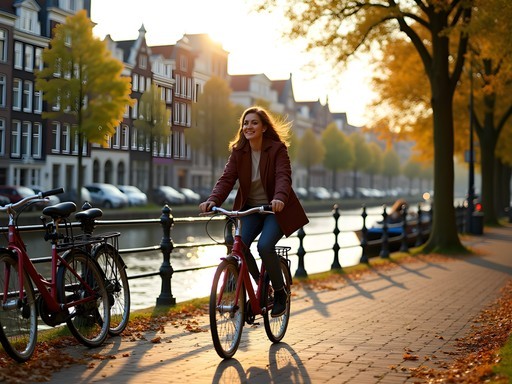
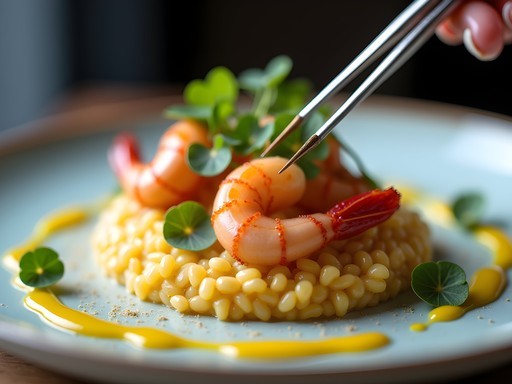


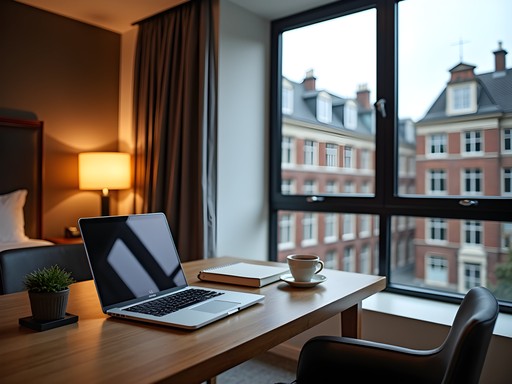
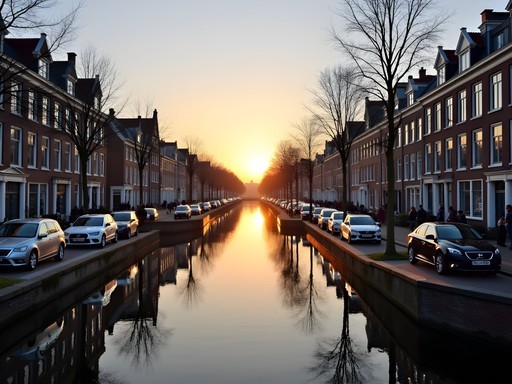
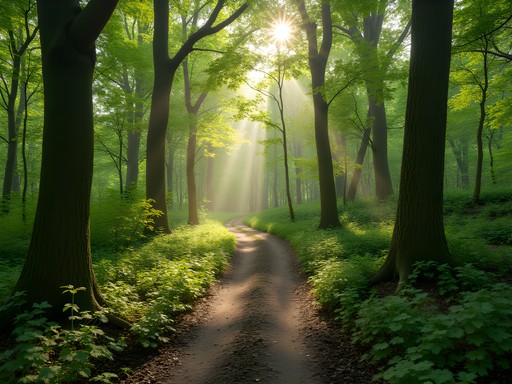

Comments
nomadone
What lens did you use most for the canal shots? Going in December and trying to pack light!
Megan Martin
Evelyn, this is such a comprehensive guide! I was in Amsterdam for a business trip last month and managed to sneak in some photography time using your tips. The section about architecture angles was particularly helpful - I got some unique shots of the canal houses by following your advice about using reflections and focusing on details rather than just the facades. I found that my travel tripod was essential for those low-light canal shots, especially since I was shooting after my meetings ended. The tip about shooting from the bridges rather than just on them was a game-changer for my composition. Looking forward to more of your city photography guides!
Evelyn Rogers
Thanks Megan! So glad you could put those tips to use even on a business trip. Those in-between moments can often yield the best shots when you're not rushed. And yes, a good travel tripod makes all the difference for those blue/golden hour shots!
sunsetlife
Love the hidden gems section! Those are the shots everyone wants but nobody knows how to find.
sunnychamp
Great post! I'm heading to Amsterdam in November - is that a terrible time for photography? Any specific spots that work well in autumn/winter?
Evelyn Rogers
November can actually be fantastic! The moody skies add drama, and you'll get those cozy glowing windows reflecting in the canals. The Jordaan area is magical in autumn light, and don't miss Begijnhof if it's raining - the enclosed courtyard is protected from wind and has beautiful fall colors. Just bring a weather-sealed camera or good protection!
sunnychamp
Thank you so much! I was worried about the weather but now I'm actually excited for those moody shots. I'll definitely check out Jordaan and Begijnhof!
bluestar
This guide is EXACTLY what I needed! I visited Amsterdam last spring and totally made that same rookie mistake of trying to photograph everything in one day. Ended up with mostly tourist-filled shots and harsh midday lighting. Your tip about shooting the canals during blue hour is spot on - that magical blue light with the bridge lights just coming on creates such a mood. Definitely bookmarking this for my next trip!
Evelyn Rogers
Thanks so much, bluestar! Blue hour is definitely the secret weapon for canal shots. If you go back, try Brouwersgracht in early morning too - fewer tourists and amazing reflections!
bluestar
Will definitely check out Brouwersgracht next time! Adding it to my list.
travelinglight
Bookmarking this for my trip next spring! Your canal shots are giving me serious inspiration.
Evelyn Rogers
Spring is magical in Amsterdam - you'll have tulips to photograph too! Enjoy!
travelhero
OMG your canal photos are STUNNING! 😍 Those reflections! Saving this for my trip next spring!
Evelyn Rogers
Thank you so much! Spring is a beautiful time to visit - you might catch the tulips too!
lenslover42
That shot of the houseboats in morning fog is absolutely stunning! What time did you have to wake up for that?
Gregory Boyd
Excellent guide, Evelyn! Having photographed Amsterdam numerous times over the years, I'd add that weather apps are absolutely crucial there. I've found Dark Sky particularly accurate for micro-forecasting those brief sunny breaks between rain. Your section on architecture angles is spot-on - the tilted houses along Damrak make for fascinating compositions when shot from below. One hidden gem I'd add: the view from the public library (OBA) offers a stunning and relatively unknown panorama. Did you explore any of the hofjes (hidden courtyards)? They're photographic treasures when the light is right.
Hunter Thompson
Just got back from Amsterdam and used this guide extensively! Quick tip to add - the Jordaan neighborhood during autumn is INCREDIBLE for photography. The way the leaves frame those narrow canals... *chef's kiss* 🍁 Also, don't sleep on the Eastern Docklands area for some killer modern architecture contrasts. Feels like you're in a completely different city but gives your Amsterdam photo story much more depth. Anyone heading there soon? I found some killer spots that aren't in any guides!
travelguy
Going next week! Any specific streets in Jordaan you'd recommend?
Hunter Thompson
Definitely check out Bloemgracht and Egelantiersgracht! Less touristy than the main canals but just as photogenic. Early morning is key!
Venture X
Premium card with 2X miles, $300 travel credit, Priority Pass